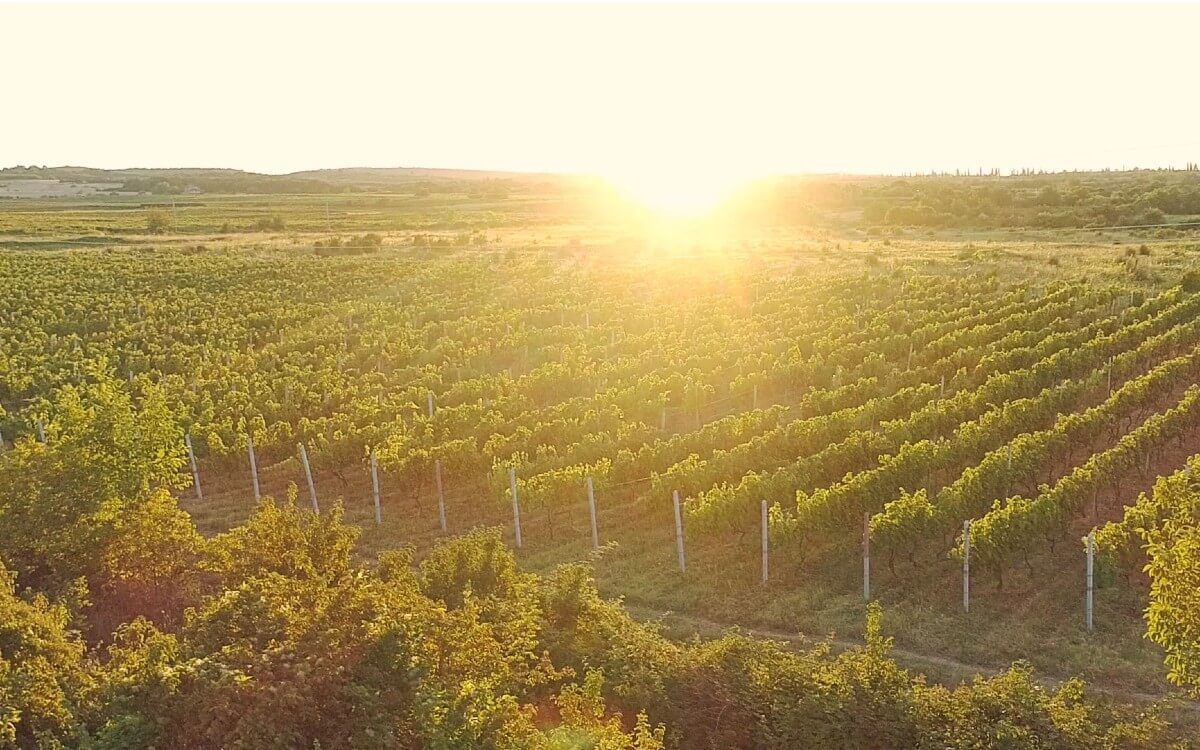Surviving of Georgian wine industry

Today, from France to New Zealand, we enjoy Gamay from Beaujolais, Chianti from Tuscany, Rioja from Navarro, and Cabernet Sauvignon owing to these creative Stone Age sapiens.
However, until recently, Western palates were generally unaware of the varietals from the region where wine was first produced.
Today, Georgian wine is making a comeback after being isolated and destroyed for over a century by a system that industrialized viniculture and institutionalized the creation of subpar wine. The tiny nation, which is roughly the size of West Virginia, served as the main wine supplier to the whole USSR.
However, because the Soviets valued number above quality, they mostly grew the red Saperavi and white Rkatsiteli grapes, while neglecting dozens of exceptional but low-yielding native vines.
Communists produced only seven different types of wine out of the 563 recognized varietals.
The wine was given a sugar and water mix to ensure that the Kremlin’s quotas were satisfied. To make the most of the little wine they could afford to brew, the villagers also adopted the practice.

Lost Traditions
Small, family-run wineries started bottling wine for sale while large wineries expanded their markets into China, Central Asia, and portions of Central Europe. They took advantage of a market opportunity that no one else could fill: an 8,000-year-old custom of producing natural wines in kvevri, huge ceramic amphoras buried in the ground.
“Before 2007 there was virtually no bottled kvevri wine in Georgia,” Kharbedia says — it had stopped in the industrialization of communism.
Even though kvevri wine only accounts for roughly 3% of Georgia’s wine exports, it is wholly in charge of the buzz. The kvevri and amber wine, the process of producing white wine with skin maceration, are mentioned in almost every article about Georgian wine. In contrast to traditional whites, it is stronger and tannin-richer.
It is considered a new fad in the West, where it is known as “orange wine.” However, Georgians have been making wine this way ever since it was invented.
In Georgia, there are more than 500 indigenous grape types, many of which are just now being rediscovered and given a second chance.
Around 60% of the nation’s vineyards are located in Kakheti, a large region in the country’s east. A lesser-known wine region in central Georgia called Shida Kartli was previously renowned for making wine for Georgian kings, whose dominance ended in the 19th century.
Imereti in the west has a gentler temperature; its grapes have a higher acid content and are frequently pressed into wine without coming into contact with the skin. Racha, the smallest wine producer in the nation, is known for its elegant vintages despite being a small mountain region.
Comment
Leave a Reply Cancel reply
You must be logged in to post a comment.




[…] Source link […]